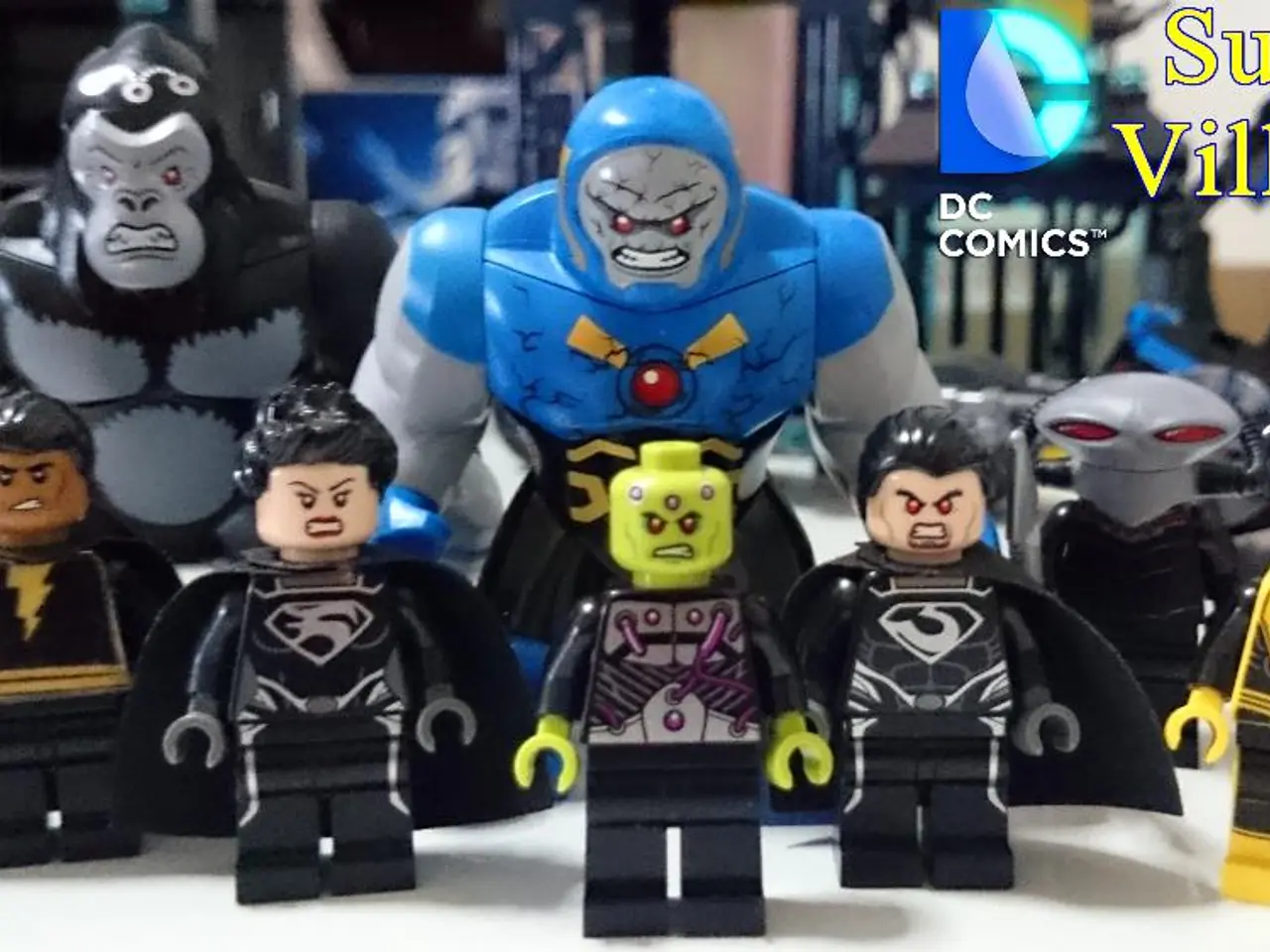Sustaining Green Innovations in Toy Manufacturing
In the ever-evolving world of playthings, a shift towards sustainability is gaining momentum. Companies like Green Toys are leading the charge, crafting toys from 100% recycled plastic, primarily sourced from used milk jugs and yogurt containers.
This move towards eco-friendliness is a response to the significant environmental and social impacts of the toy industry, particularly those aimed at children. The industry's reliance on plastic, which boomed alongside the advent of the material in the mid-20th Century, has resulted in toys living longer in landfills and oceans than they ever would in a child's hands.
The issue of plastic pollution is detrimental to our environment, poisoning marine and wildlife, altering ecosystems, and impacting the food chain and water supply. Shockingly, about 11 million tons of plastic are dumped into the world's oceans every year, a statistic that underscores the urgency for change.
Chemicals in plastic, such as phthalates and Bisphenol A (BPA), can lead to hormonal shifts, birth defects, liver and kidney cancer in children. This concern has prompted companies like LEGO to make changes, with the new generation of LEGO now made from sugarcane polyethylene. However, this new generation is not biodegradable, and during the breakdown period, it can still be toxic.
Other companies are following suit, using materials like bamboo in their products. Yet, these products must be coated in plastic to pass safety standards, eliminating the possibility of recycling.
Notably, larger toy companies like LEGO, Mattel, and Hasbro are also making changes to both the production and packaging of their products. They are not alone in this endeavour, as smaller toy companies such as Kallisto, Nanchen Natur, Senger Naturwelt, Lotes Toys, Wooly Organic, Wooden Story, Magic Wood, and natureZOO are also working towards a more sustainable world. These brands produce sustainable, handcrafted toys in Europe, offering alternatives such as wooden toys and organic plush animals.
This shift towards sustainability is not just about the environment. Companies are sharing their efforts to allow others to learn from them, focusing on Planet, People, Profit. Suppliers are being met with industry-wide requests for more eco-friendly manufacturing materials from the toy industry's largest producers.
The toy industry uses 40 tons of plastic for every $1 million in revenues, making it the most plastic-intensive industry in the world. With this in mind, it's clear that the shift towards sustainability is not just a trend, but a necessary step towards a greener future.
In the past, games like hopscotch, cat's cradle, dolls, and electric trains were popular, before the rise of in-home televisions and advertising. Today, children's desires for popular items are conditioned by consumerism and capitalism, leading to a desire for more toys and products as they grow up. However, with the increasing awareness of the environmental and health impacts of plastic toys, the future of play could well be greener.
As we move forward, it's encouraging to see the toy industry working together to find solutions to sustainability issues. The practices of companies like Green Toys, who help divert materials from a mismanaged waste and recycling system, are a testament to the positive change that can be achieved when industry leaders commit to sustainability.
Read also:
- Nightly sweat episodes linked to GERD: Crucial insights explained
- Antitussives: List of Examples, Functions, Adverse Reactions, and Additional Details
- Asthma Diagnosis: Exploring FeNO Tests and Related Treatments
- Unfortunate Financial Disarray for a Family from California After an Expensive Emergency Room Visit with Their Burned Infant








